There are so many decisions that have to be made when you’re developing black and white films. Considering how many film stocks, processes (RIP, Kodachrome), and developers have been lost due to the digital revolution, it’s a wonder that there is still so much choice out there for developers.
I remember starting out and spending hours at my local film photography store just looking for the right developer to get the look I was going after.
I’ve written an extensively researched article about the best developers and techniques to create fine-grain images on film. So now it’s time to take a look at the film developers that’ll create the sharpest possible negatives. So to start off, what is the sharpest film developer available? The best, most scientific advice comes from Troop & Anchell’s The Film Developing Cookbook, which can be found on Amazon.
The black and white film developer that makes the sharpest images is FX-1 sold by Photographer’s Formulary. FX-1 combined with slow classic-grain films like Ilford FP4 will create ultra-sharp images. 400-speed and faster films are sharpest when developed in diluted fine-grain developers like Xtol and DD-X.
So those are the sharpest combinations that exist. But of course, there are plenty of other options out there. Before we get into those, there are just a couple pieces of housekeeping to take on before getting into the list.
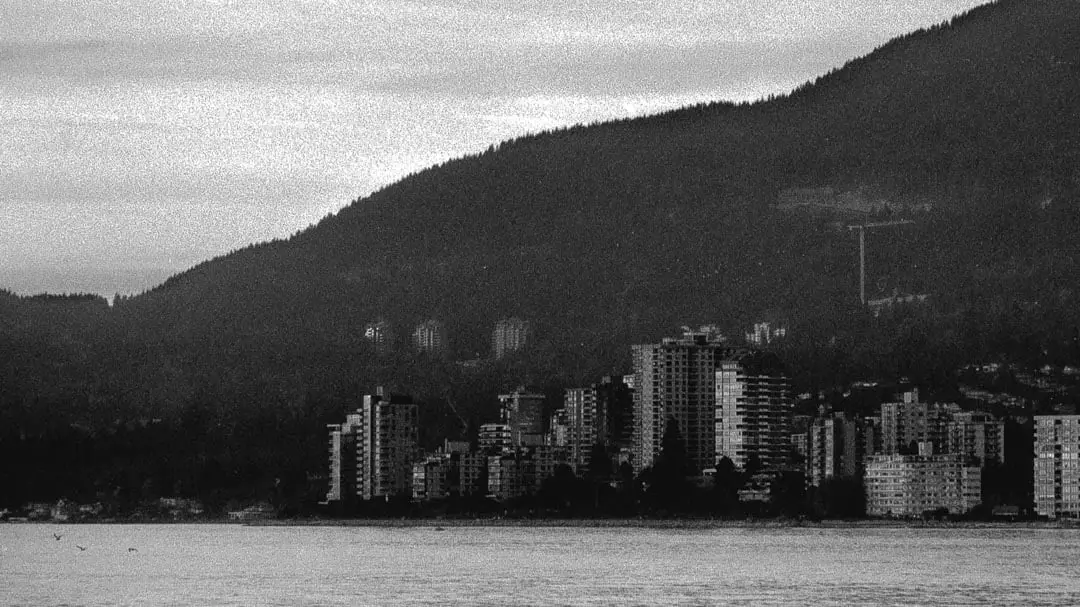
The grain vs. sharpness trade-off

When you’re looking to maximize sharpness, that often means you’re going to be increasing the appearance of grain. Since grains are what capture the light, it makes sense that using a developer that maximizes edge sharpness and contrast would also make those grains more apparent.
100 years ago when films weren’t anywhere near as good as they are now, scientists put their attention into solvent developers that would make the images appear less grainy. But today, the game is completely different.
Above, I mentioned that faster films don’t always look their sharpest in the sharpest developers. And that’s because when the large grains in fast films become too pronounced, they actually reduce the appearance of sharpness in the image. The grains can become so contrasty at times — especially when pushing film — that you can’t see the fine details.
So it’s always a good idea to get ahead of that curve and use a developer that’s tuned to the negatives you are using. The best fine grain developers for maximizing sharpness in higher speed films are DD-X and Xtol.
These developers are some of the latest formulations to come out during the film era, and they provide absolutely astounding results. Nothing can compare to the way films like Delta 3200 look when developed in DD-X.
TL;DR: When you use sharpening developers, expect to see more film grains, especially in fast, 400-speed emulsions.
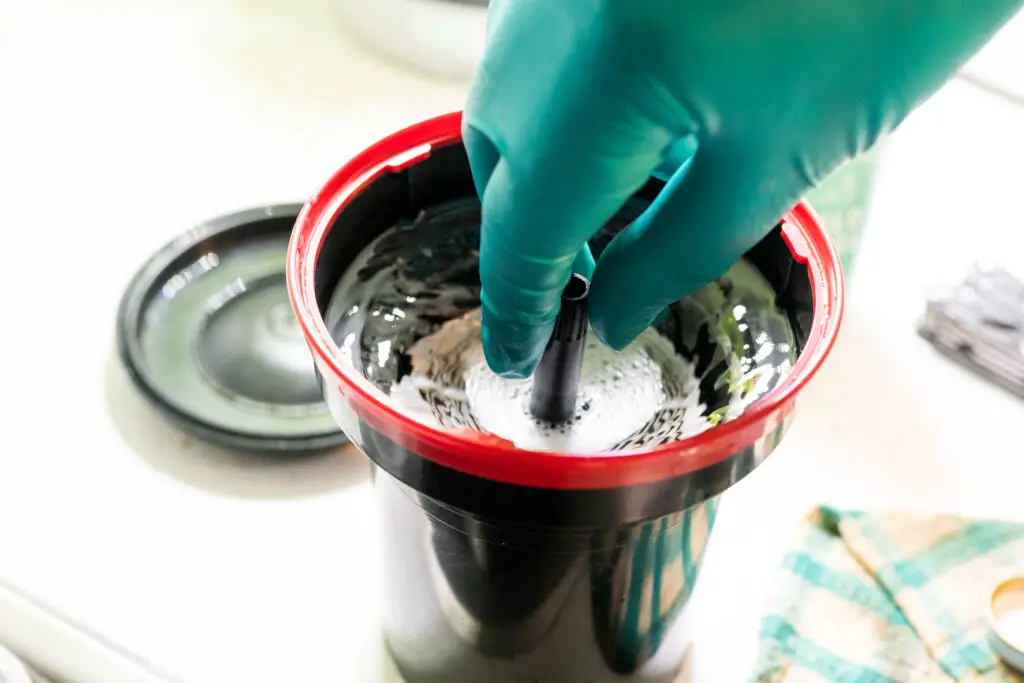
Why Minimal Agitation makes Sharper Negatives
The next way to make film sharper without changing your developer is to use minimal agitation methods. This is when you decrease the frequency of inversions while developing film, and add some extra time to compensate for reduced development.
Personally, I only recommend using this method with classic grain films like HP5, Tri-X, and FP4. T-grain emulsion films like TMax and Ilford’s Delta series see much greater changes in contrast and negative density with slight changes in agitation and developing time. For that reason, It’s safer to follow the instructions when using t-grain films. Also, t-grain emulsions have a secret weapon built into their emulsions that dramatically increases sharpness during development. More on that below.
So if you’re using a classic grain emulsion, the way to use minimal agitation to increase sharpness is as follows. After pouring in the developer, agitate the film for 1 minute straight using gentle inversions. Then, reduce the frequency of inversions to once every three minutes, and increase the developing time by 50% to compensate.
So, if you have a standard 10-minute developing cycle, you’ll increase the developing time to 15 minutes. Start by completing inversions for the first full minute. Then, complete additional inversions for 10 seconds at the 4th, 7th, 10th, and 13th minutes. And add an additional 5 minutes to make the total developing time 15 minutes.
The reason why this works is really cool. There’s a process where once the developer finishes developing a grain, the active ingredient diffuses between the grains and develops the next nearest grains. Diffusion in this way creates higher density in localized areas, which is known as creating an “edge effect.” This localized density produces a sharper image by creating contrast with the lower-density regions nearby.
The easiest way to see this is in a high-contrast image, like a dark tree against a bright sky. Anchell and Troop’s book describes how the developer will quickly finish developing the tree in the shadows, and will diffuse over to the brighter sky on the edges, creating a small area with higher density along that highlight/shadow divide. Agitating the film before that can happen will reduce these occurrences, thus decreasing the appearance of sharpness.
I’ve written another extensive article on how agitation changes the sharpness and other characteristics, including a more detailed look at edge effects here.
What are the sharpest Film Developers available?
1. FX-1 & FX-2
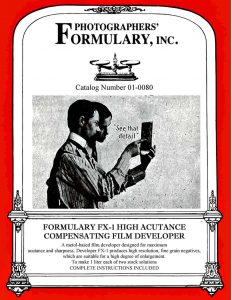
FX-1 was created by the British Journal of Photography editor Geoffrey Crawley in the ‘60s, and is widely recognized as the sharpest developer known to exist. It works by adding a little touch of Potassium Iodide to the solution, which is a sharpness enhancer that’s also found in T-grain emulsions. That fact alone means that this developer is specifically designed for classic-grain emulsions like FP4+, as T-Grains weren’t around at the time this developer was created.
FX-1 is perfect for slower films between ISO 25 and 200. When it’s used with FP4+, it enhances the films speed to ISO 200, and is perfect for street photography, or ultra-sharp landscapes. According to Troop and Anchell, this combination creates prints without as much tonality, but film developed in FX-1 are sharp that the prints have their own unique, stunning impact.
When you need a bit more tonality, FX-2 will provide that, albeit with slightly less sharpness than FX-1.
Today, FX-1 and FX-2 developers are sold by The Photographer’s Formulary. Although there are published formulas online for enterprising photographers who don’t want to store a 2-gallon solution.
2. Rodinal
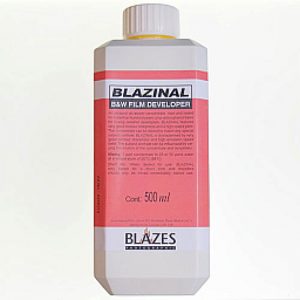
When you’re looking for classic sharpness-enhancing developers, Rodinal (known as Blazinal in Canada) is often the first recommendation that I make — especially when recommending developers to new film photographers.
Rodinal is the oldest, and likely the most common developer that’s still in circulation. It’s also the cheapest, and the most stable developer on the market (at least, now that HC-110 was reformulated).
There’s an old joke that the shelf life of Rodinal is longer than the shelf it is stored on. Rodinal’s long-lasting nature also makes it one of the most environmentally-friendly film developers on the market.
But Rodinal is also a unique developer, in that it creates a distinct, sharp, grainy look that could only ever be created by this film developer.
Especially in our modern times, this look has become prized by many photographers who are looking for that classic film look. It won’t increase the sharpness of your negatives per se, but it will make them stand out in the digital era.
See a comparison of a set of negatives developed in 6 different everyday developers, like DD-X, HC-110, D-76, and Caffenol here. Or find Rodinal on Amazon.
3. Staining Pyro Developers
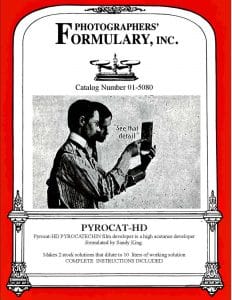
There’s a whole class of staining pyro developers that create a type of sharpness that cannot be otherwise reproduced. These are typically called Pyro developers. They’re also some of the most toxic to humans and the environment, which is partly why they’re not commonly available to ship in their ready-made forms.
These developers change the color of the negative’s acetate base, which acts like a contrast filter in an enlarger. This staining property creates an interesting effect that some photographers absolutely love. The developer also acts as a hardener which acts on the different sizes of grains, making it one of the best developers for increasing tonality in film negatives — especially in the highlights.
One of the most common pyro-type developers is known as HD Pyrocat, which can also be found on Photographer’s Formulary. These developers are rather finicky and require extra care and attention. But once you know how to use them, it’s hard to go back to traditional developers.
4. Diluted HC-110
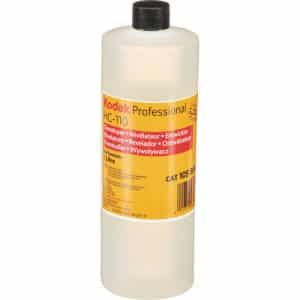
HC-110 is technically a fine-grain solvent developer. But the reason that HC-110 is on this list is because most photographers, like Ansel Adams, diluted this developer extensively to reduce its solvent action. When used with dilution B (1+31), The HC-110 solvent action is minimal at best.
But some film photographers even dilute it down to 1+63, which is known as Dilution H.
When using this dilution, HC-110 will create negatives with enhanced tonality and sharpness — especially when using minimal agitation methods, or semi-stand development.
This was a favorite method of developing negatives by famous landscape photographer Ansel Adams.
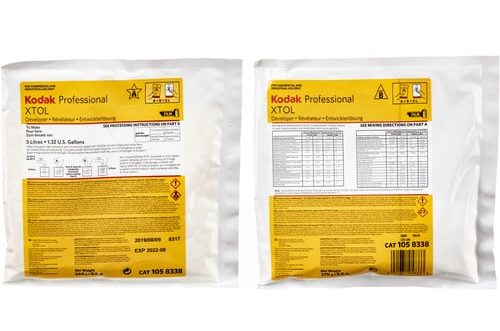
5. Diluted Xtol
Xtol is the latest formula that came from the high-budget Kodak labs. And Xtol is likely the best all-around developer that has ever been made. If that’s not high enough praise, it’s also the most environmentally friendly developer on this list due to being formulated with Vitamin C instead of more toxic developing agents like metol or pyrocatechin.
Xtol, like the other above formulas, is also technically a fine-grain solvent developer. But like all of these developers, it’ll produce excellent and sharp results with faster films when diluted to 1+2 or 1+3.

By Daren
Daren is a journalist and wedding photographer based in Vancouver, B.C. He’s been taking personal and professional photos on film since 2017 and began developing and printing his own photos after wanting more control than what local labs could offer. Discover his newest publications at Soft Grain Books, or check out the print shop.

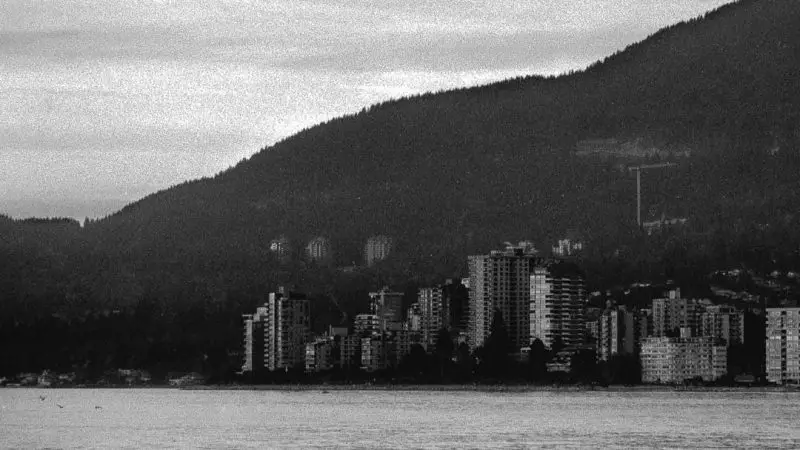

“…reduced contrast and enhanced sharpness:” ? Tests have shown that human perception interperates contrast as sharpness. A low contrast lens with high resolving power will not yield photos that appear sharp. This would appear to be a contradiction.
This is a valuable analysis that I will download for future reference. Thank you!
P.S. Daren: It’s = it is. Its is the possessive. Please fix.
Glad you found it helpful! And you’re right, that there is a contradiction there! The enhanced sharpness happens at the grain level, where the lowered contrast happens in the separation between highlights and shadows in the image. That means you create a sharper image with greater overall tonality.
I gave it a once over and fixed that grammar issue, and updated that passage. Thanks for the tip!
I am playing with Xtol having split the 5 litre pack split to 1 litre packages.
It approximates 50 gram per A & B mixes.
So far the results with HP5 gives fine grain but I am not convinced it is a sharp developer but that my be due to the 1959 ish Mamiya folder I am using from an age when lenses were less sophisticated.
Sooner or later I will compare it to ID11 or D76 ; Rodinal is like using coal but maybe I am not using the correct dilution.
TB
I actually just completed a comparison of DD-X, an Xtol clone, Rodinal, ID-11/D-76, and HC-110, (you can find it here) and I’ve found that Rodinal was far and away a much sharper developer than any of the others. D-76 was actually the worst developer in terms of sharpness. So if sharpness is your overall goal, then I’d go towards that at a 1+50 dilution to bring out some more shadow details. Otherwise, it may be worth looking at the FX developers.
Daren
Is the 1 + 50 dilution for Rodinal..
TB
Yes it is, a dilution like that will usually give you better shadow detail.
One should take into account that the resolution of film is key, especially at low contrast conditions where it drops by half at 5.6:1 compared to 1000:1 (N).
So for low contrast and to make full use of film and developer go for a high resolution film
T-max 100 / Acros 100 ~ 200 lp/mm
Adox HR-50 ~280 lp/mm
Adox CMS 20 II ~ 600 lp/mm
For Adox CMS 20 II I recommend POTA developer. See details in the shadows ( local low contrast) of building and tree against the sun.
https://flic.kr/p/PCB6jn
Rodent-all is the worst developer for small format films. It does not enhance sharpness or acutance. This is a myth!
Hey Enver Hoxha,
I actually tested this, and Rodinal really does increase the sharpness of the film, even with 35mm film. You can see the results of the side-by-side film developer test here.